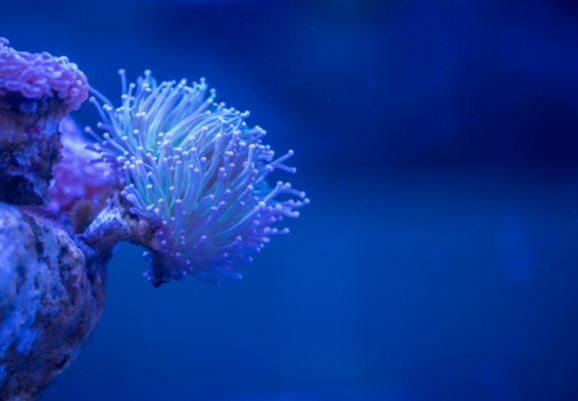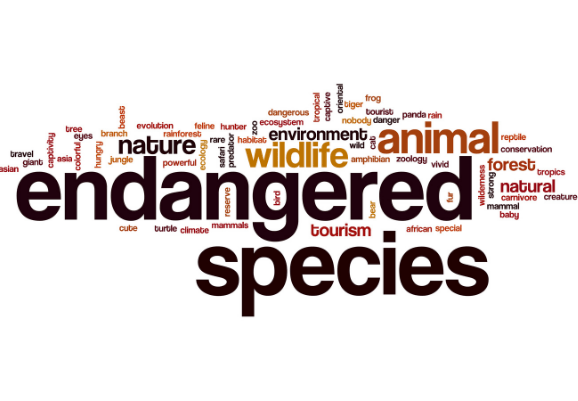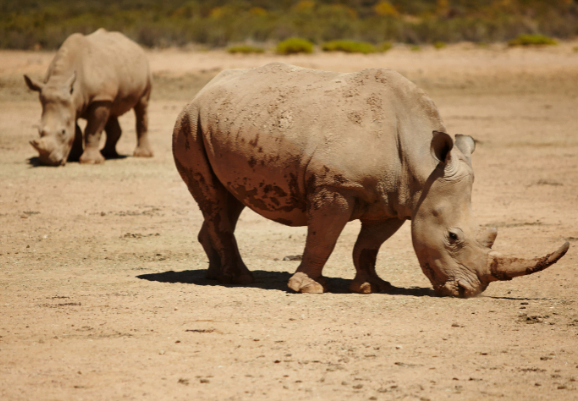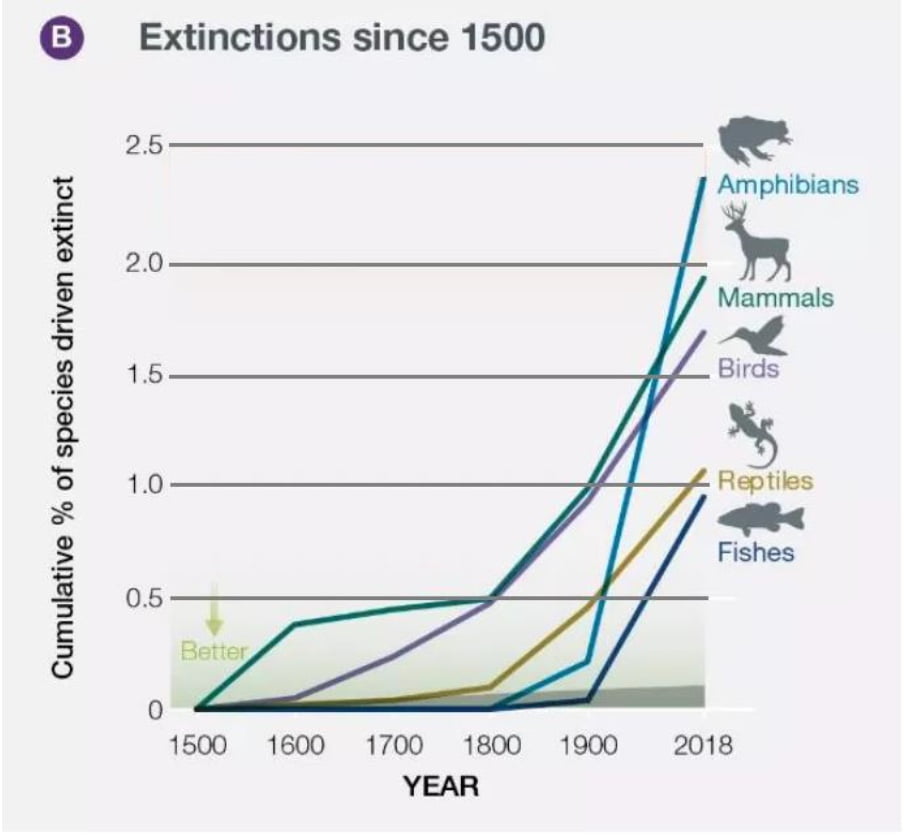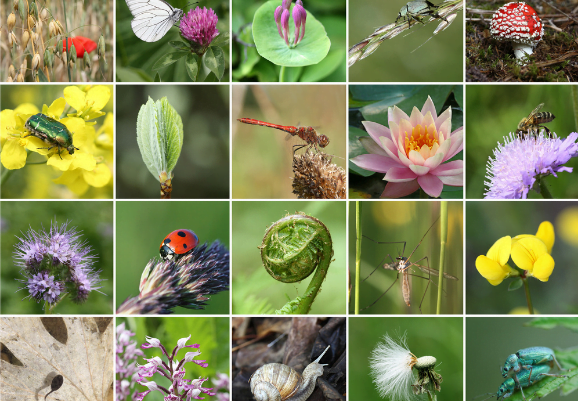a) Use the substitution \(u = 4 – \sqrt{s}\) to show that
\[\int_{}^{}\frac{\text{dh}}{4 – \sqrt{s}} = – 8\ln\left| 4 – \sqrt{s} \right| – 2\sqrt{s} + k\]
where k is a constant
[6 marks]
A coral reef is growing back after global temperatures are reduced from their peak value.
The rate of change of area covered by the reef is modelled by the differential equation
\[\frac{\text{ds}}{\text{dt}} = \frac{t^{0.25}(4 – \sqrt{s})}{20}\]
Where s is the surface area of the reef in m2 and t is the time, in years, after the reef begins to regrow.
b) Find, according to the model, the range of areas that could be covered by the coral reef.
[2 marks]
The coral reef has a surface area of 1m2 when it starts to regrow.
According to the model,
c) Calculate the time this reef would take to cover 12 m2, giving your answer to 3 significant figures.
[7 marks]
